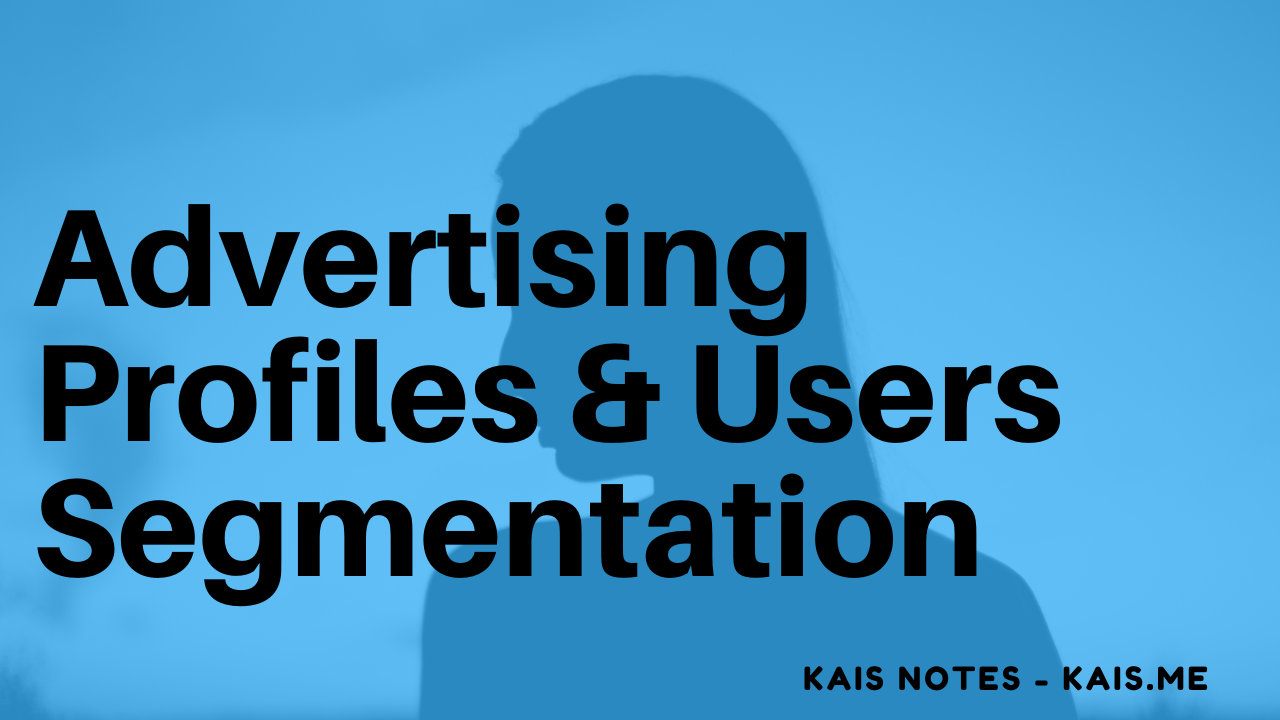An advertising profile is a collection of information and characteristic gathered about a person’s online presence, behavior, and activities. Big technology companies, such as Google and Facebook, collect and create these profiles in order to be used by advertisers to target customers based on certain characteristics.
There are unlimited number of profiles that can be generated based on the different characteristics and interests of websites visitors; these characteristics includes but not limited to; users’ online activities, gender, age, location, marital status, hobbies, and much more. That being said, user profiles can be categorized into two major segments:
- Psychographic Segmentation; which groups users based on their lifestyle, interests, and personality.
- Behavioral Segmentation; which groups users based on the websites they visit, their purchase history, and the products or services they use or interested in.
When it comes to online display advertising, these profile segments along with other characteristics such as gender, age, and location, can be used to show users ads that are relevant them and match their interests, similar to how search engine advertising works.
Ad giants, such as Google and Facebook, allow users to control and manage their online advertising profiles, and see what those companies know about them. These profiles contain many data points about the users, such as the information they entered when they signed up for the service, their interests based on data gathered by Google or Facebook, as well as any other data that got collected about them from other websites and advertising partners.
Advertising profiles can also be created about people that do not use Google or Facebook, which is referred to as “Shadow Profiles”. For instance, Facebook creates shadow profiles about people who are not on Facebook based on other users’ emails and contact lists. These profiles include names and phone numbers of people who have friends on Facebook, and those friends have opted-in to sync their contact lists with Facebook. As a result of that and instead of discarding the non-user related data points, Facebook stores that data and creates shadow profiles for those non-Facebook users, so they can be targeted later with ads across the Facebook companies and products. So even if someone has never signed up to Facebook, the company still knows about them and potentially knows who they are, and their profiles can be used for ad targeting. Lastly and despite Facebook’s denial, the data of users who deleted their Facebook accounts remain stored on Facebook servers under shadow profiles.
